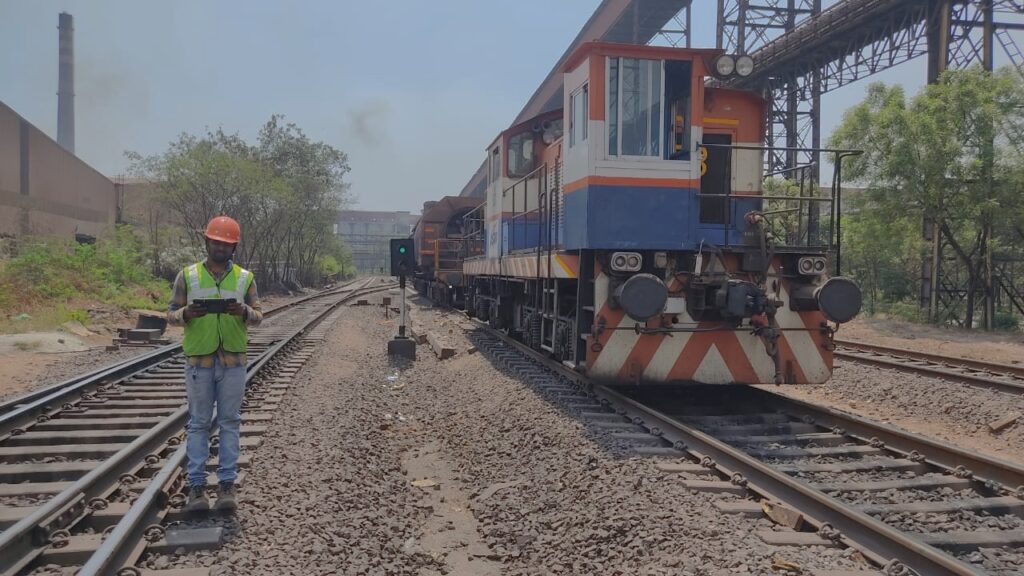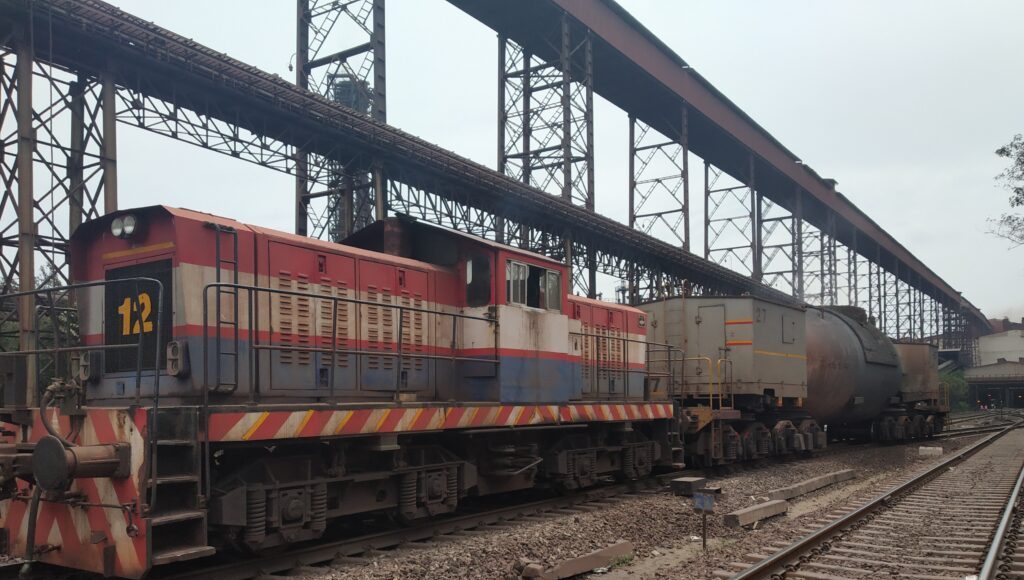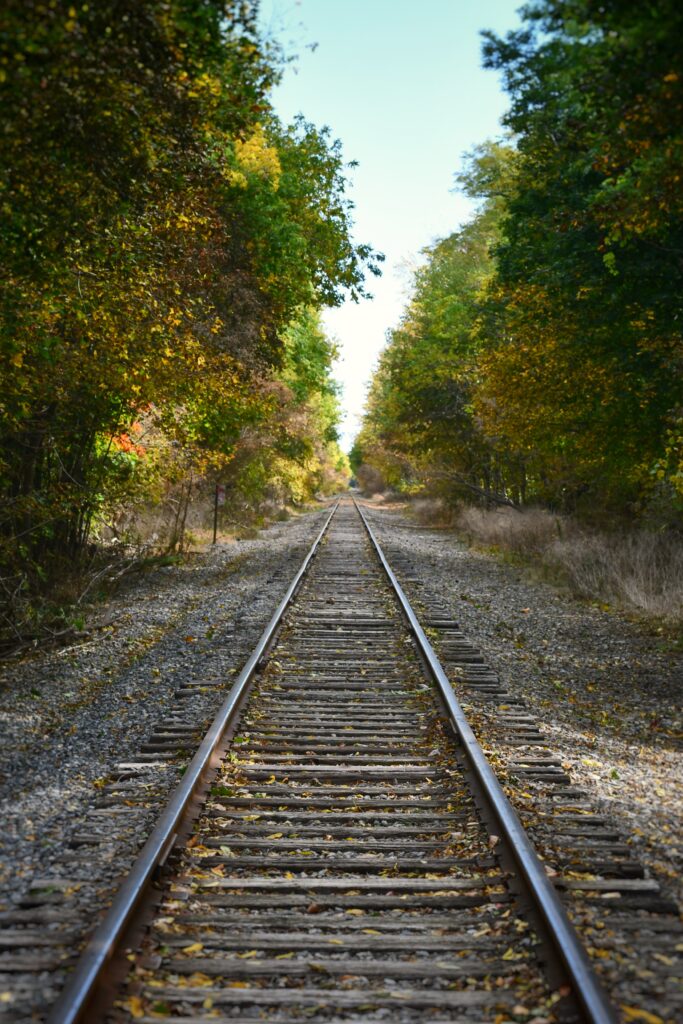

Eyes-on-the-yard
Most of us associate railways with infrastructure to move people from one location to another. However, there is another type of railways operation that deals with the movement of goods and materials. Railways world over earn more from the movement of goods than people. Railway Sidings are the areas where goods trains originate and terminate and also provide ‘parking’ areas for rakes.
There is yet another kind of railway operation – internal rail network in large manufacturing plants, such as steel mills, cement factories, power plants, etc. Steel plants in particular depend on an internal rail network for transportation of items inside the plant for which road transport is not suitable, such as liquid metals. These plants need to maintain a rail network of hundreds of kilometers, a fleet of locomotives, a fleet of different types of wagons and ladle cars.

Such Industrial Sidings play a crucial role in the working of the plant and any disruption of traffic may have disastrous consequences. The challenges at these sidings are quite unique and difficult. For example, locomotives are always trailing and pushing the ladle cars when carrying liquid metal – and there are blind curves! To avoid accidents, the locomotive moves at minimum speed and a signalman has to accompany the ladle cars to guide the loco driver. At turnouts, the points machines are operated manually by the accompanying signalman, resulting in additional stop/start of the locomotives, with consequent delays.

Though these sidings (also called yards) are so critically important for the smooth operation of the plant, the way these sidings are maintained is rather primitive. Loco drivers are required to follow the prescribed speed limits in a disciplined manner since otherwise there are chances of derailments. The movement at the control speed is also very important when liquid metal is being moved. All systems being manual, the only way for managers to know about the movements inside these sidings is based on the records maintained by the loco drivers and other staff. In case of any misconduct, such as overspeeding and trail-through at turnouts, it is not possible to fix responsibility.
L2MRail has developed an exclusive management system for such industrial sidings based on our proprietary Cyber Signalling technology. The entire siding is monitored 365/24/7 through sensors and data recorded every second. Real-time view of the yard operation is available for viewing on desktops and mobile devices (Tablets, Smartphones). Historical data on all train movements and point operations are recorded and stored for historical analysis and viewing.
Ashlin Jose
Chief Technology Officer
L2M Rail